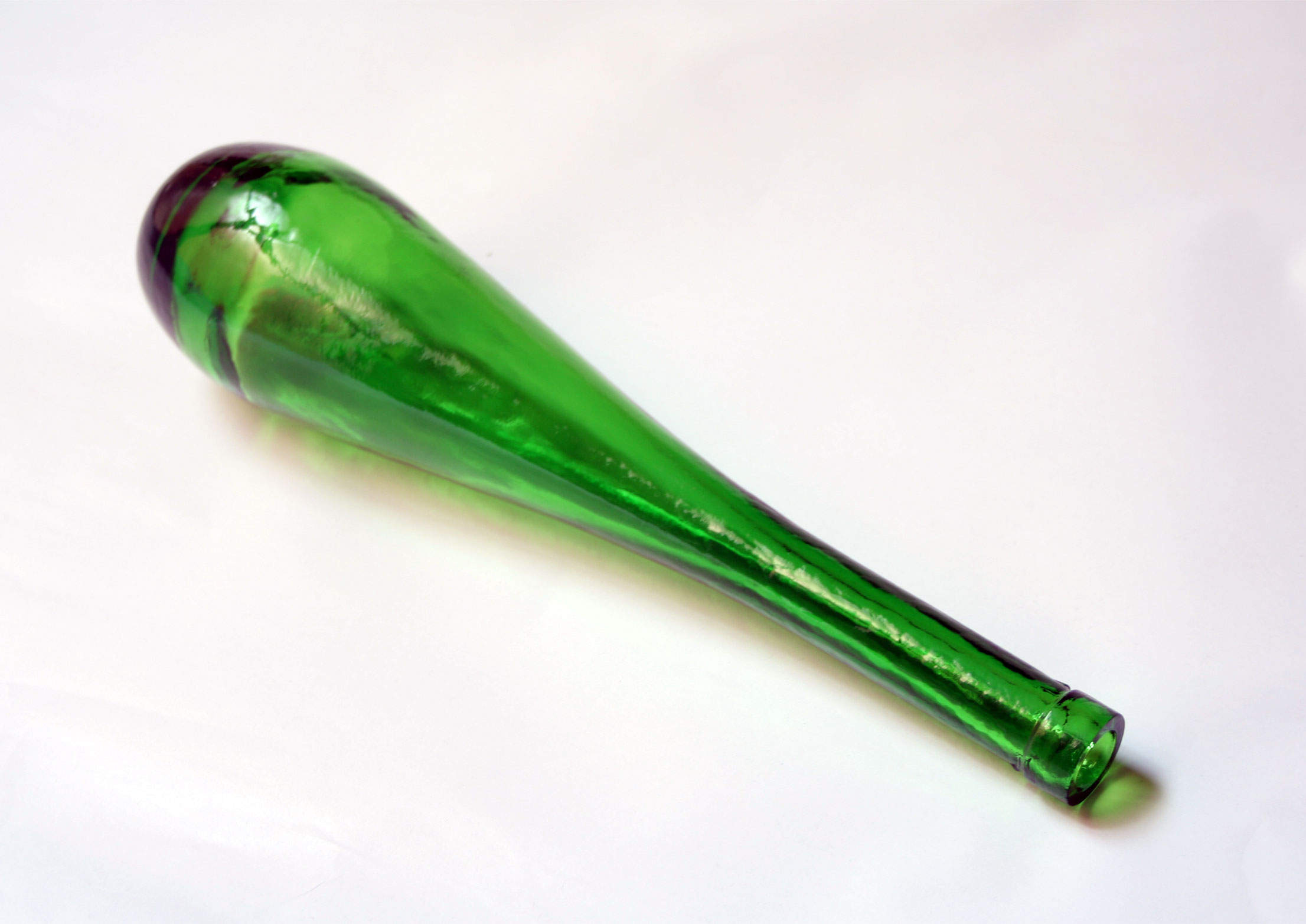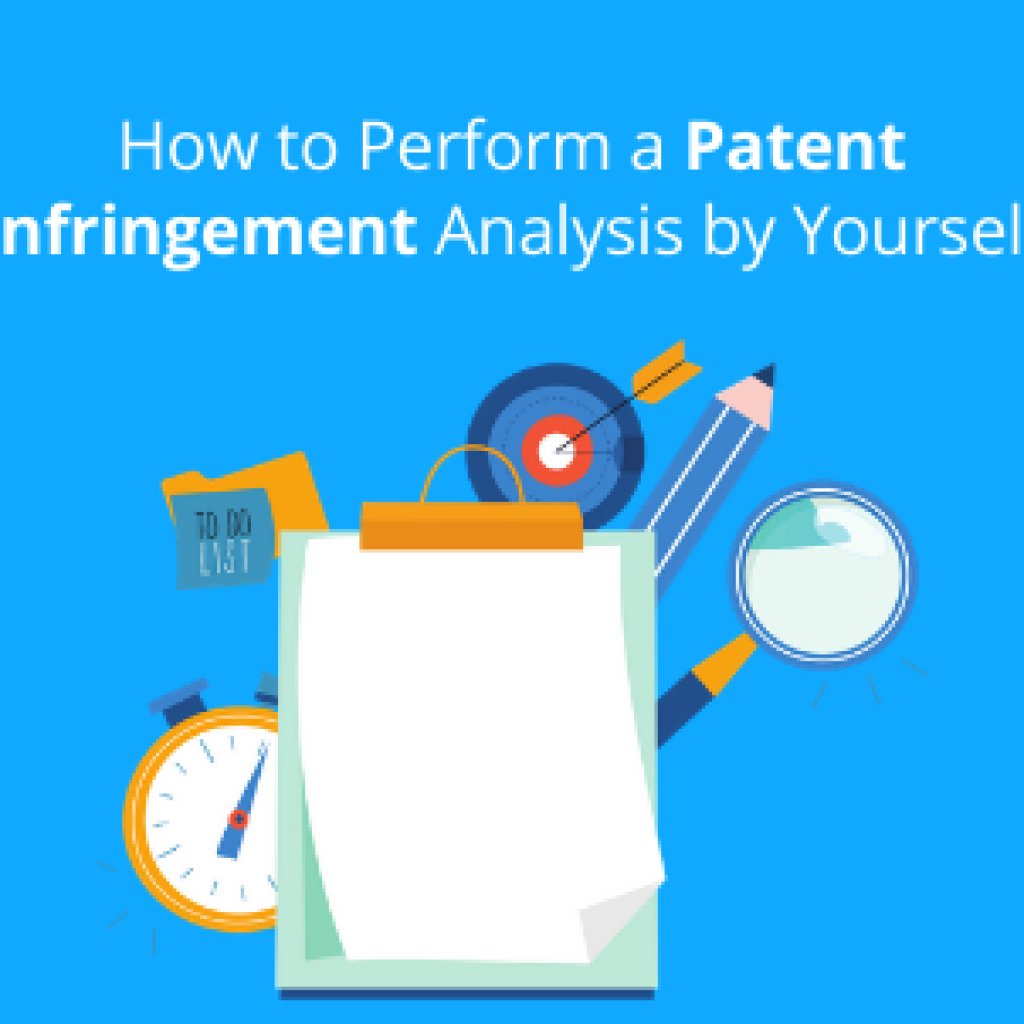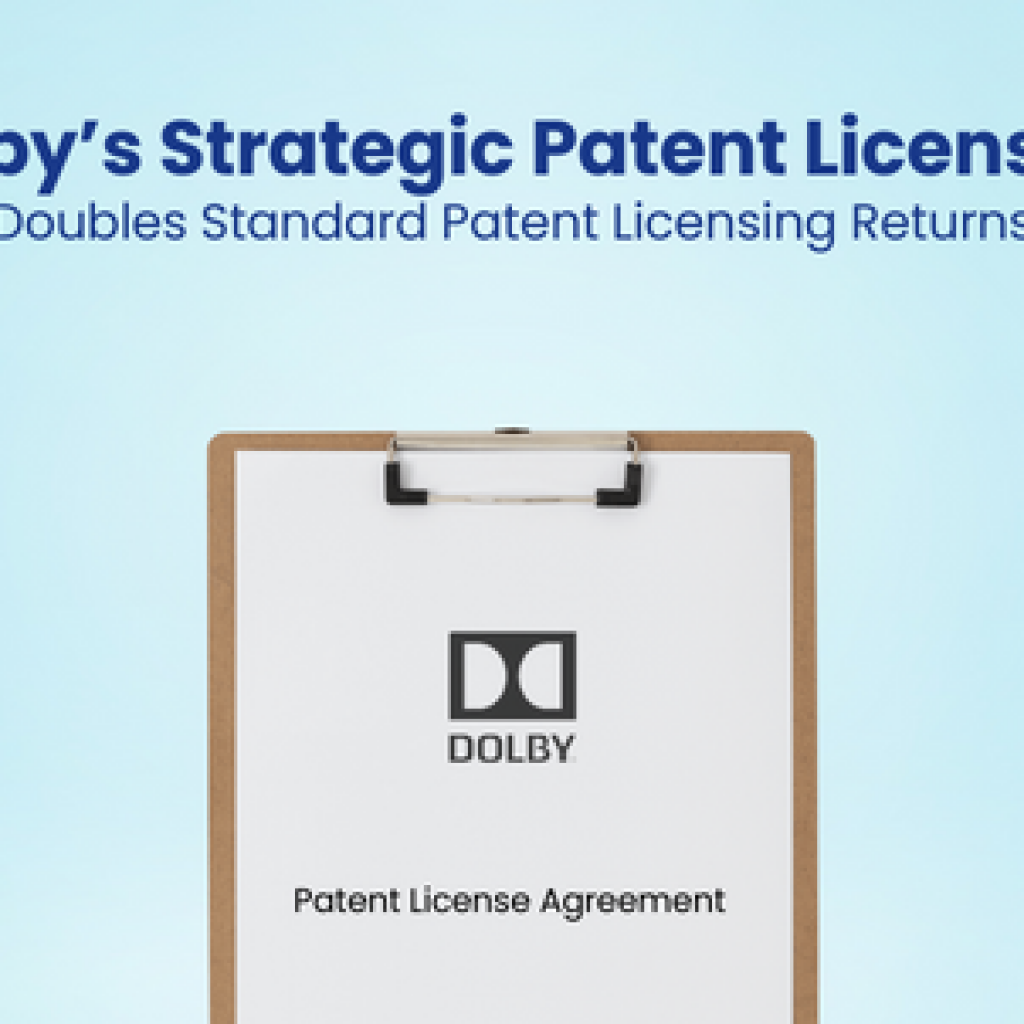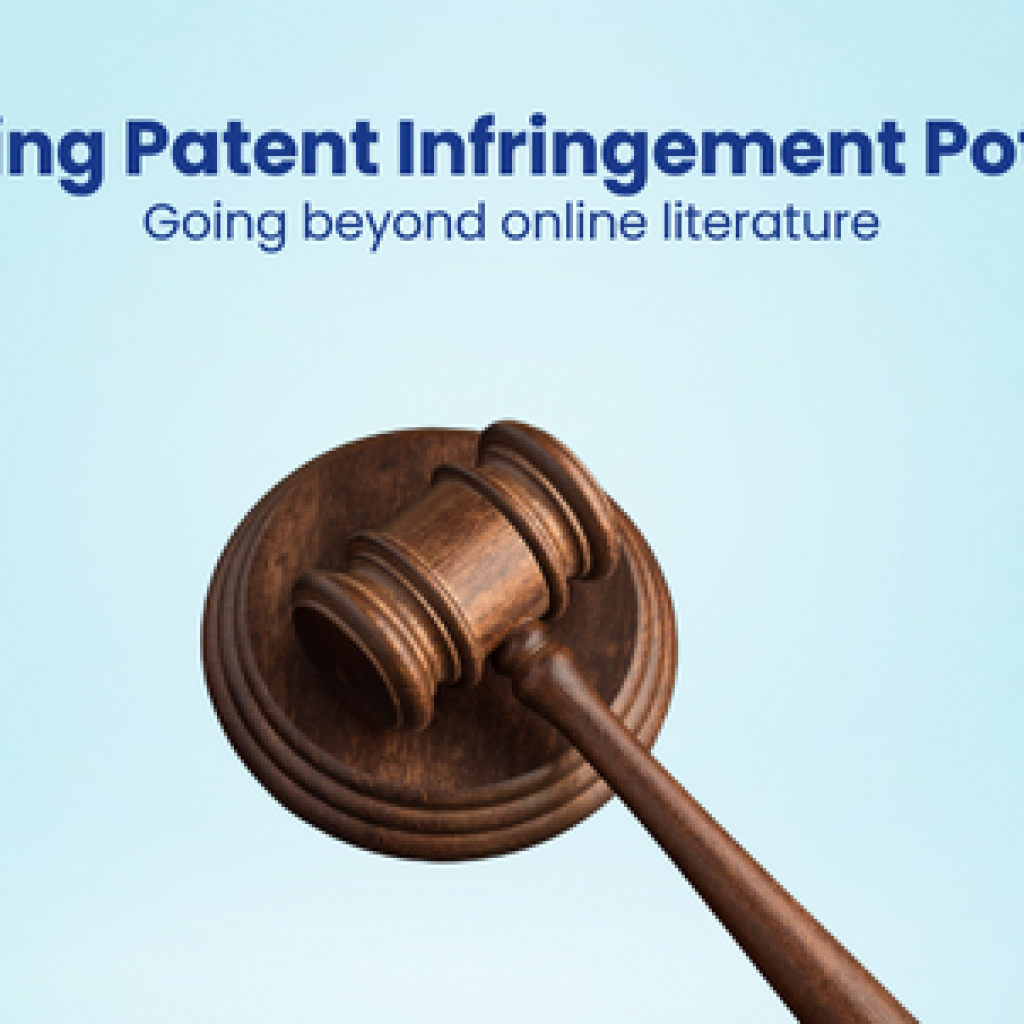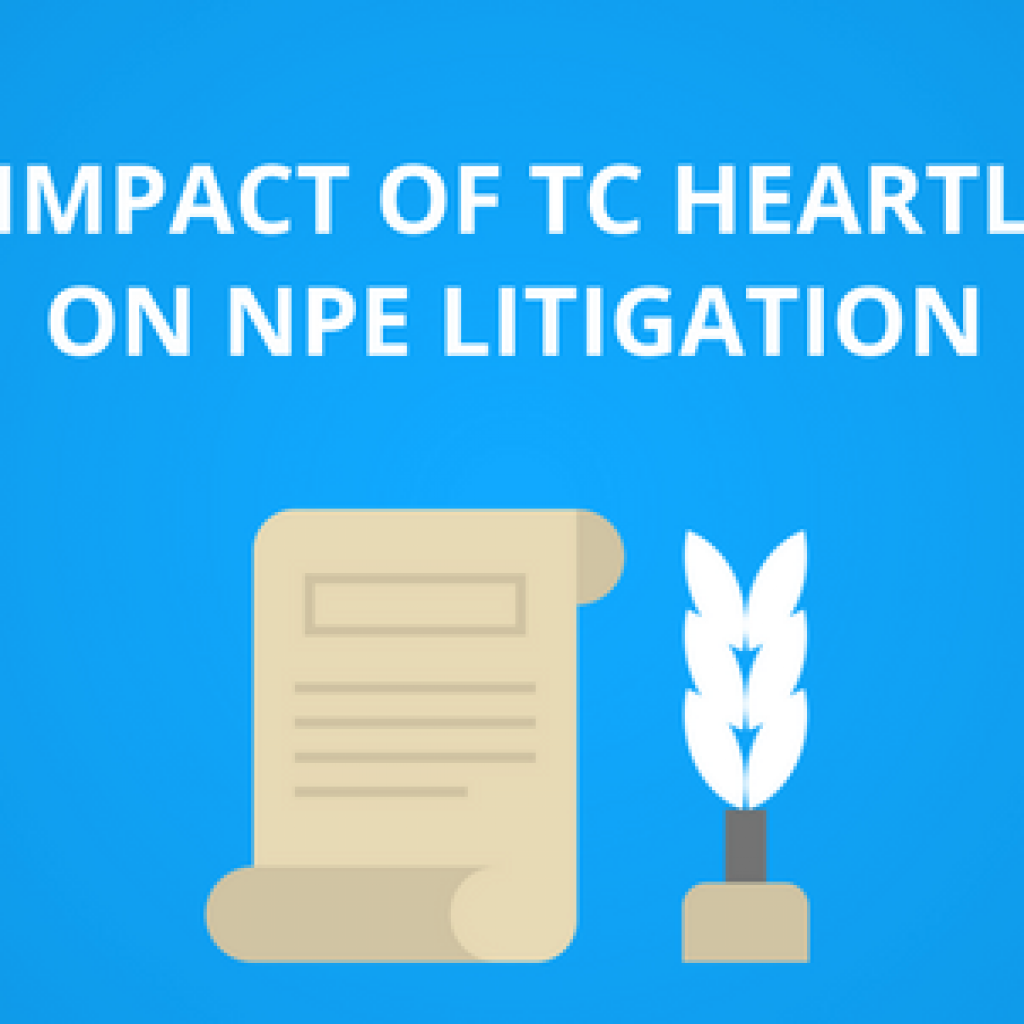OBJECTIVE
The patent under study was related to a cigarette filter having gas adsorbing material and certain specific composition requirements. Our objective was to invalidate the patent for Inter Partes Review.
STORY
In patents such as this, which have specific composition requirements, the task of finding prior-art for inter partes review search may become a little difficult, as one might say. But at GreyB, challenges that one might not have yet attempted/accomplished are considered as stepping-stones to success.
With this thought, we started thinking about – How to solve this case?
We started with the basic search to understand the level of availability of required information in the patent literature. We observed that patents disclosing filters with the gas adsorbing material were abundant. However, the specific composition requirements were not being met.
This means we have to first find sources that talk about composition. We found that the academic literature discloses composition information, however, still the level of details that we required were not described in the literature. So what next?
We called all the team members involved in the project and brainstormed on what is something that we have not looked at but may give us some hints. Everyone was allowed to even give wild suggestions so that we do not miss on anything.
In this discussion, we found that every filter (having toxic nature) must undergo some federal agency test procedure. So, it is a possibility that the company would have submitted the test results to the federal government during the approval process. Therefore, some of the other information should be available on the federal agency’s website. That was good enough for us to start moving. So, we explored all such options.
During the search, we found that law in certain countries, such as Canada, makes the company liable to publish the required specific compositions on the cigarette packet. That was a great pointer for us. We purchased all different cigarette packets that were available in Canada so that we can check the composition mentioned on the packet. Similar to as you might have seen compositions mentioned on the food packets or drugs. We also located the private testing facilities which can help us in confirming the required composition in certain filters.
A Checklist to Make Your Life Easy: Download your copy of free Prior Art Search Checklist that helps keeping mistakes at bay:
We actually reversed the whole process. In invalidation search or Inter Partes Review search, most of the people start with finding who did it first, we started with who is doing now. Out of the many companies who are doing it now, there is one who might be the first one to come up with the composition. We were doing all of this with the aim that if the information exists, then the physical boundaries or resource availability should not stop us.
After all the search, we got a lead of a particular company that had a very high probability of using the same composition in its filters. The last part of our search was focused only on that one company. We did a deep dive and finally, identified the relevant document (disclosing filters having gas adsorbing material with the same specific composition information) from the same company, before our priority date. Guess what, the document included all the information that we were looking for.
I hope you might have got an idea by now that we love what we do. Now it may be a pure-play patent invalidation search OR Inter Partes Review search, our objective is – ‘If it exists we will find it’.
Also Read: 3 Instances Where We Invalidated Patents Infringed Under ITC Section 337

